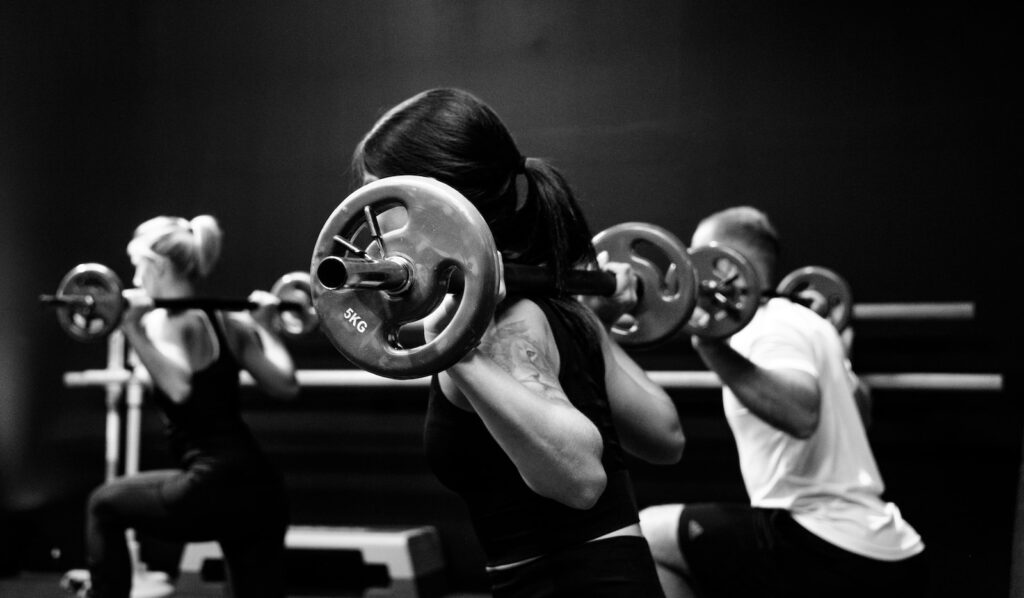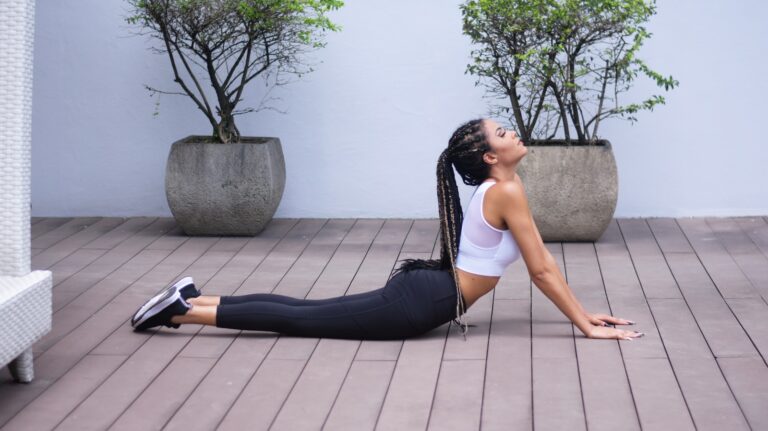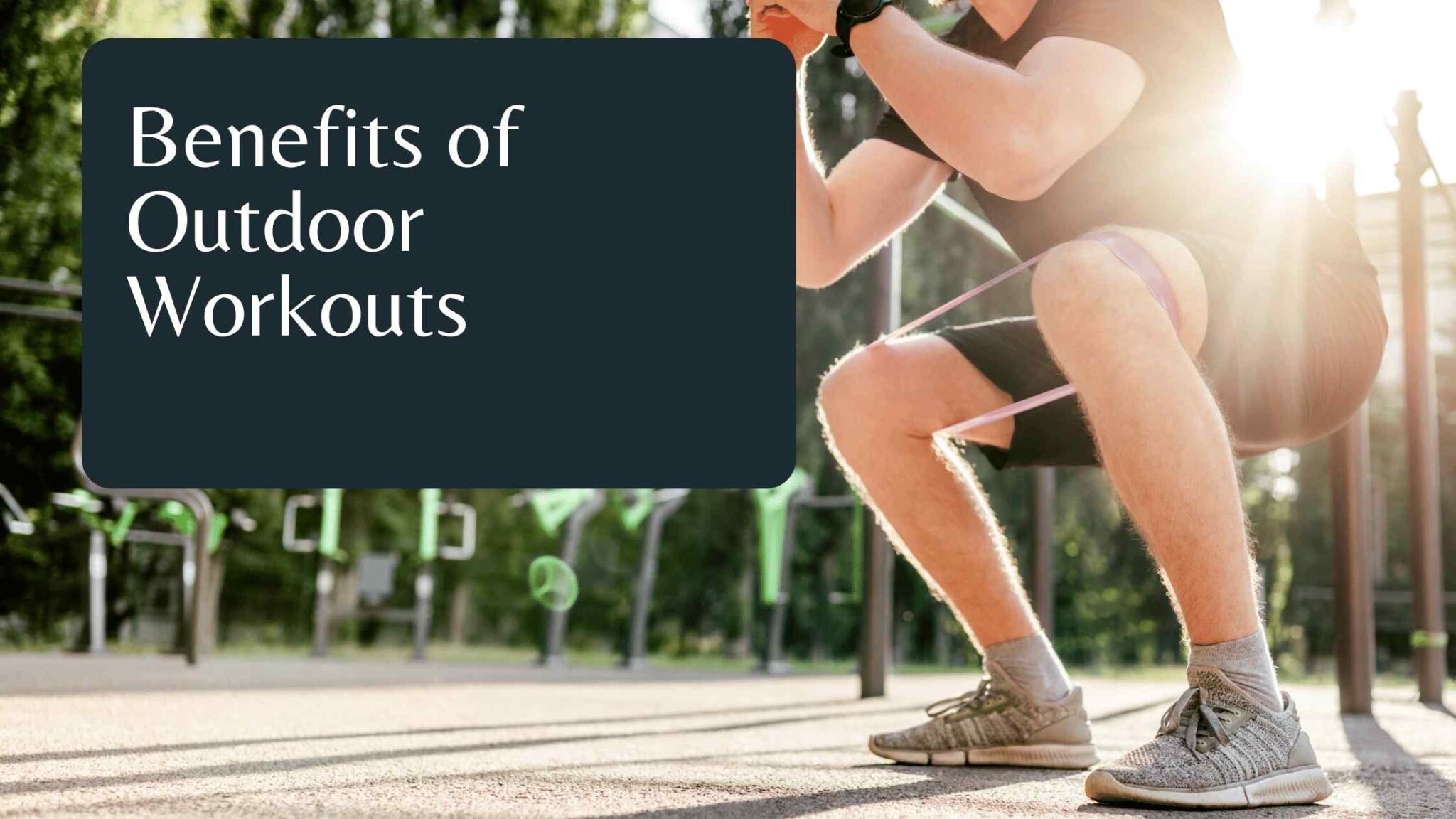Mastering the Art of Plyometric Workouts
Are you ready to take your fitness routine to the next level? Plyometric workouts might just be what you need! This high-intensity form of exercise can help increase agility, speed and power, while also burning calories and building muscle.
But mastering plyometrics requires proper technique and training. In this blog post, we’ll show you how to safely and effectively incorporate plyometric exercises into your workout regimen for maximum impact. Get ready to jump higher, run faster, and feel stronger with these expert tips on mastering the art of plyometric workouts!
What are Plyometric Workouts?

Plyometric workouts are intense exercises that are designed to build power and explosiveness. They are often used by athletes to help improve their performance, but can also be used by anyone who wants a challenge.
Plyometric exercises typically involve jumping or throwing movements. For example, you might jump up and down on a box or throw a medicine ball as hard as you can against a wall. These exercises require your muscles to work extremely hard in a short period of time, which can lead to improvements in power and explosiveness.
Plyometric workouts can be adapted to any fitness level. If you’re new to this type of training, start with lower-intensity exercises and progress to more challenging ones as you get stronger. Be sure to warm up thoroughly before starting any plyometric workout, and cool down afterwards to help reduce the risk of injury.
Benefits of Doing Plyometric Workouts
Plyometric workouts are an excellent way to improve your overall fitness level. They’re also great for burning fat and building muscle. Here are some of the top benefits of doing plyometric workouts:
- They’ll help you build explosive power.
Plyometric exercises are all about generating power. By teaching your muscles to produce maximum force in a short period of time, you’ll be able to develop some serious explosiveness. This will come in handy in a number of sports and other physical activities.
- They’re a great fat-burning workout.
Plyometric workouts are extremely taxing on your body, which means they can be very effective for burning fat. If you’re looking to lose weight, or just want to give your metabolism a boost, then these type of exercises are definitely worth considering.
- They can help improve your overall athletic performance.
Because plyometric workouts increase your power and explosiveness, they can also help you improve your overall athletic performance. If you’re looking to take your game to the next level, then including these exercises in your training regime is a good idea.
Getting Ready for a Plyometric Workout
Plyometric workouts are intense and require a lot of energy. They are not for the faint of heart or those new to exercise. If you want to try a plyometric workout, follow these tips to get ready:
- Warm up before your workout. Dynamic stretching or light cardio is a great way to warm up your muscles and get your heart rate going.
- Do some basic exercises to get your body used to the movements. Squats, lunges, and push-ups are all good exercises to start with.
- Make sure you have the right shoes. Plyometric exercises put a lot of stress on your joints, so it’s important to have shoes that will support you and help reduce the risk of injury.
- Start slowly and progress gradually. Don’t try to do too much too soon – you’ll just end up getting injured or overwhelmed. Start with shorter, easier workouts and gradually increase the intensity as you get more comfortable with the movements.
- Listen to your body and stop if something doesn’t feel right. If you’re feeling pain, dizziness, nausea, or anything else that doesn’t feel normal, stop immediately and rest until you feel better .
- Make sure you cool down after your workout. Static stretching is a great way to relax your muscles and reduce post-workout soreness.
Types of Plyometric Exercises
There are a variety of plyometric exercises that can be performed to help improve your explosiveness, speed, and power. Below are six different types of plyometric exercises that can be incorporated into your workout routine:
- Depth jumps: This exercise involves jumping down from a raised platform and immediately jumping back up as high as possible. This helps to improve your reactive strength and can be performed with or without weight vest.
- Box jumps: Often used in CrossFit workouts, box jumps involve jumping onto a raised platform and then quickly jumping back down. This helps to improve your lower body explosive power.
- Broad jumps: Similar to the box jump, except you jump forward instead of up onto the platform. This is a great exercise to work on your horizontal explosiveness.
- Medicine ball throws: A great exercise to help improve your rotational power, medicine ball throws involve throwing a weighted ball as far as possible in one direction and then catching it in the other hand and repeating. These can be done seated or standing.
Sample Plyometric Exercise Routines
There are numerous plyometric exercises that can be done to improve one’s athletic performance. Here are three sample routines that can be used to target different areas of the body:
- Lower Body:
–Squat Jumps: Start in a squat position with your feet shoulder-width apart and your hands behind your head. From here, explosively jump up as high as you can, extending your hips and knees. Land softly back into the squat position and repeat for 8-10 reps.
–Lunge Jumps: Start in a split stance position, with your right leg forward and left leg back. From here, explosively jump off the ground, switching legs in midair and landing in the opposite stance. Continue alternating for 8-10 reps per side.
–Box Jumps: Stand in front of a box or other elevated surface that is about 12 inches tall. From here, bend your knees and swing your arms back before jumping onto the box. Step down from the box carefully and repeat for 10-12 reps total.
- Upper Body:
–Push-Up Claps: Get into push-up position with your hands slightly wider than shoulder width apart. Lower yourself down until your chest nearly touches the ground before quickly pushing back up and clapping your hands together at the top of the rep. Return to the starting position and repeat for 10-12 reps total.
-Spiderman Push-Ups: Get into the standard push-up position. From here, as you lower your body down to the ground, bring your right knee up towards your right elbow. Press back up and repeat with your left knee during the next rep. Alternate sides for 10-12 reps total.
-Medicine Ball Chest Passes: Stand in a staggered stance with your feet shoulder-width apart and hold a medicine ball in both hands at chest height. Quickly toss the ball forward as far as possible, focusing on extending through your arms and torso before catching it and bringing it back to starting position. Repeat for 8-10 reps total.
- Core:
-Mountain Climbers: Start in a plank position with your hands directly underneath your shoulders and your core engaged. Quickly drive alternate knees toward your chest, switching sides as fast as you can while keeping good form. Continue for at least one minute or 40 reps total per set.
-Pike Push Ups: Begin in an upside down “V” shape with your hands and feet on the ground underneath you about shoulder width apart. From here, throw yourself forward until the top of your head touches the ground before pushing back up to return to start position. Aim for 10-12 reps total.
-Plank Jacks: Begin in a high plank position with your hands and feet shoulder width apart and your core tight. Jump your feet out wider than shoulder width and then back together, all the while keeping good form and engaging your core throughout the movement. Do 15-20 reps total per set.
The Fuel You Need to Power Through a Plyometric Workout
Plyometric workouts are high-intensity interval training exercises that use your bodyweight and gravity to build explosive power, strength, and endurance. To get the most out of your plyometric workout, you need to fuel your body with the right nutrients before and after your session.
Before you start your plyometric workout, eat a small meal or snack that includes complex carbohydrates and protein. This will give you sustained energy throughout your workout. Good options include a banana with almond butter or a whole-wheat bagel with cottage cheese.
After your plyometric workout, refuel with a combination of protein and carbohydrates. This will help your muscles repair and rebuild after being put under stress during the workout. A quick snack like Greek yogurt with berries or a turkey sandwich on whole-wheat bread is a perfect way to replenish your energy stores.
Safety Tips for Doing Plyometric Workouts
Plyometric workouts are a great way to get fit and improve your athletic performance. However, they can also be dangerous if not done properly. Here are some safety tips to keep in mind when doing plyometric workouts:
- Make sure you warm up properly before starting your workout. A good warm-up will help loosen your muscles and prepare your body for the strenuous activity ahead.
- Start slowly and gradually increase the intensity of your workouts as you get more comfortable with the movements.
- Use proper form when performing the exercises. This will help prevent injuries and ensure that you are getting the most out of the workout.
- Be sure to rest between sets so that your muscles can recover. plyometric workouts are very demanding on your body and it is important to give yourself time to rest and recovery between sets.
- Always listen to your body and stop if you feel pain or discomfort. Plyometric workouts should not be painful, so if you start feeling pain, stop the exercise and consult with a healthcare professional before continuing.
Alternatives to Plyometrics Workouts
Plyometric workouts are a great way to get a full-body workout, but they’re not the only way to get fit. Here are some alternatives to plyometric workouts that can help you achieve your fitness goals:
- Traditional weightlifting: If you’re looking to build muscle and strength, traditional weightlifting is a great option. By using progressive overload (increasing the weight lifted over time), you can gradually increase your strength and muscle mass.
- Cardio workouts: If you’re looking to improve your cardiovascular health or lose weight, cardio workouts are a great option. There are many different types of cardio exercises, so you can find one that fits your preferences and goals.
- Yoga: Yoga is a great option for those who want to improve their flexibility, balance, and overall wellbeing. There are many different types of yoga, so you can find one that fits your preferences and goals.
- Pilates: Pilates is another great option for those who want to improve their flexibility, balance, and overall wellbeing. Like yoga, there are many different types of pilates, so you can find one that fits your preferences and goals.
- HIIT: HIIT (high-intensity interval training) is a type of cardio exercise that alternates between periods of high intensity and recovery. HIIT can be very effective for improving cardiovascular health and burning fat.
Conclusion
Plyometric workouts are an effective way to improve your fitness and take your fitness routine to the next level. By mastering the art of plyometrics, you can stretch yourself further with challenging exercises that will condition both your body and mind. So why not give it a try? See what kind of results you can achieve when you use plyometrics as part of your workout regimen!






